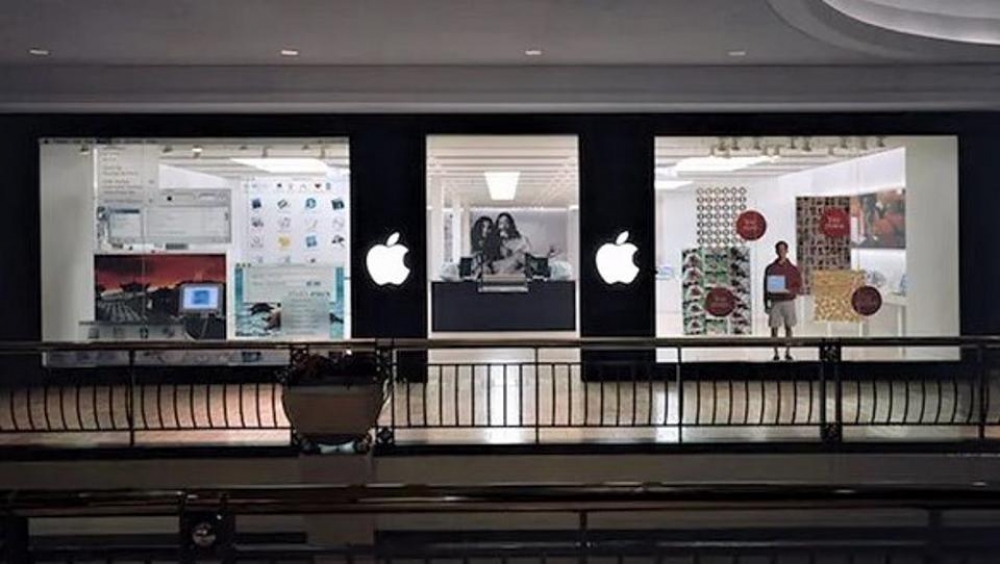Why did the Apple Store become such a success when other brands failed?
- Apple's first two stores opened in 2001 and were met with great success, despite initial skepticism and negative headlines.
- One of the key drivers of Apple's turnaround and success was a move to vertical integration and greater control of the customer experience.
- Apple Stores are designed around experiences and solutions, rather than product divisions, with a focus on the customer experience rather than sales.
- The iconic "glass cube" stores, with their unique design and architecture, have become a tourist attraction and the face of Apple retail.
- Other retailers can learn from Apple's approach by having greater control of the customer experience, focusing on the customer, and creating unique and iconic store design.
When Apple opened its first store in Tyson's Corner Mall in McLean, Virginia in 2001, it faced a lot of skepticism and negative headlines. Many people believed that Apple's foray into retail would be a failure. However, 20 years later, Apple operates over 500 stores and delivers a higher sales per square foot than luxury brands like Tiffany & Co. So, what is the history of Apple retail and what can other retailers learn from Apple's approach?
 A look back at history
A look back at history
Apple's first two stores opened in 2001 and were met with great success, hosting over 8,000 visitors in their first two days. To prepare for their grand openings, Apple built a complete mock-up of an entire Apple store in a warehouse near its campus in Cupertino to test floor layouts. Despite initial challenges, such as the Genius Bar not being well-received in its first year, Apple's retail stores have become a key driver of its success and helped the brand become one of the most valuable in the world.
The power of controlling your customer's journey
In the 1990s, Apple sold its products through Sears and CompUSA. However, these retail partners buried Apple products amongst other products, compromising the Apple brand. With the launch of its own retail stores, Apple was able to take greater control of its customer experience and tell the story of its brand and products in a more powerful way. This move to vertical integration and greater control of the customer experience was a key driver of Apple's turnaround and success.
Apple Stores are designed around experiences and solutions, rather than product divisions. The stores are referred to as "town squares" and "gathering places" and areas within the store exist for music, fitness, smart homes, and other customer needs in addition to specific product areas for the iPad, Apple Watch, iPhone, and the Mac. This focus on the customer experience rather than sales has been a key factor in Apple's retail success.
The iconic "glass cube" stores
The "glass cube" stores, with their iconic architecture, have become the face of Apple retail. The first "glass cube" store opened in New York City in 2006 and was designed by renowned architect, Sir Norman Foster. These stores have become a tourist attraction in their own right and are known for their unique design and iconic look.
Lessons for other retailers
Other retailers can learn a lot from Apple's approach to retail. Having greater control of the customer experience, focusing on the customer rather than sales, and creating unique and iconic store design are just a few of the key factors that have contributed to Apple's retail success. While the retail industry continues to face challenges, Apple's approach has proven that a focus on the customer and unique design can lead to success.
Recommended by the editors:
Thank you for visiting Apple Scoop! As a dedicated independent news organization, we strive to deliver the latest updates and in-depth journalism on everything Apple. Have insights or thoughts to share? Drop a comment below—our team actively engages with and responds to our community. Return to the home page.Published to Apple Scoop on 26th January, 2023.
No password required
A confirmation request will be delivered to the email address you provide. Once confirmed, your comment will be published. It's as simple as two clicks.
Your email address will not be published publicly. Additionally, we will not send you marketing emails unless you opt-in.